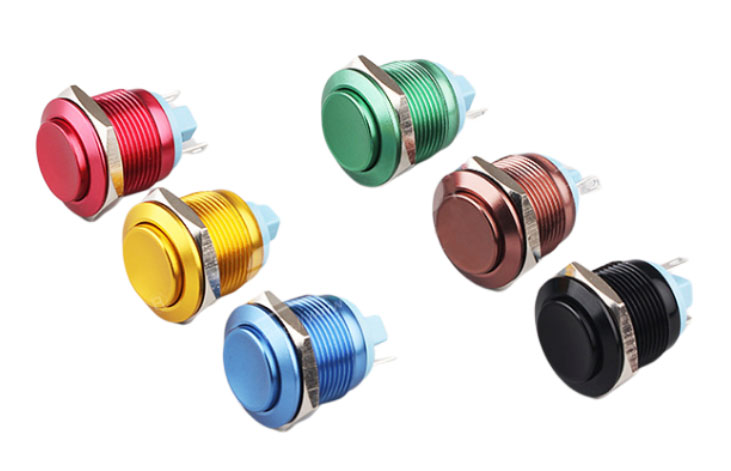Vandal resistant switches introduction
C X Switch produce IP65 and IP67 waterproof anti vandal.
Vandal-resistant switches or anti-vandal (also referred to as vandal-proof switches) are electrical switches designed to be installed in a location (or device) and application where they may be subject to abuse and attempts to damage them, as in the case of pedestrian crossing switches. Vandal-resistant switches located on devices that are outdoors must be able to withstand extreme temperatures, dust, rain, snow, and ice. Many vandal-resistant switches are intended to be operated by the general public, and must withstand heavy use and even abuse, such as attempts to damage the switch with metal tools. These switches must also resist dirt and moisture.
Tamper-resistant switches (or tamper-proof switches) are types of vandal-resistant switches which are not intended to be operated except by authorized users. They may control special functions, such as auditing of voting machines, operation of power tools or equipment, enabling of security alarm systems (e.g., arming and disarming), or restocking of vending machines. A very commonly seen tamper-resistant switch is the ignition switch in most motor vehicles.Vandal-resistant switches are usually protected by the use of robust materials, such as thick stainless steel or heavy-duty plastics. Some tamper-resistant switches are also protected against operation by using other approaches, such as hiding the switches behind a locked or screwed-down door-covered panel, or by requiring a key or pass code before the switch will operate the device. One widely used example of a tamper-proof switch is the ignition system of a standard car; to prevent strangers from joyriding in the car or stealing it, car ignition systems require a key to start the engine.
Push button vandal-resistant switches are frequently constructed of stainless steel or other durable materials, and are mounted into panels or housing boxes made out of strong materials, such as polycarbonate plastic, aluminium, or stainless steel. In some cases, the housing may be 1⁄4 inch (6.4 mm) thick, to protect both the switch and the housing from attempts by vandals to damage the switch or housing using blunt force. The housing for vandal-proof switches is often secured using security screws (which cannot be unscrewed with regular screw drivers). The height of buttons in the panel is often minimized by using flush-mounting, to make it more difficult to pry them out, a design technique used in ATM banking machines that are located outside.
Vandal-resistant switches often need to be water and dust resistant due to their environments. Some types are potted to make them waterproof. The International Electrontechnical Commission has produced a standard, IEC 60529, which categorizes products' degrees of protection from liquids and dust using IP codes. A DIN extension of the IEC standard, DIN 40050-9 further defines Degree of Protection IP 69K as being able to withstand high-pressure washing or steam cleaning. This capability is needed in some particular applications, such as dairy milking machines, and is provided by some manufacturers' products.
Switch Knowledge
Contact Us

Name: Miss.Sani
Tel: +86-15800203093
E-mail: info@cxswitch.com
Skype: cxswitch@cxswitch.com
Add: Shunde District Foshan Guangdong China
 CHINESE
CHINESE ENGLISH
ENGLISH









 Skype Chat
Skype Chat Mail inquiry
Mail inquiry